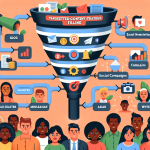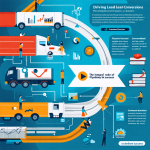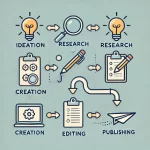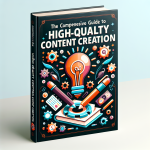In today’s digital age, artificial intelligence (AI) tools are transforming the way businesses operate by providing structured processes that guide decision-making. These tools help businesses showcase the value of their products or services to target markets and end users, thereby giving SMBs and professional practices a powerful mechanism to compete, establish trust, and ultimately win in their respective industries.
1UpMedia has built the only All-in-One “brief to publishing” rich AI content pipeline tool for WordPress ( the largest installed base in the world) specifically for the SMB without big budgets, expertise and busy multi-tasking Owners, Leaders and Professionals who need help to compete and win new client and business revenue.
Goals
Content Approaches
Creating awareness content that resonates involves different approaches. Storytelling is a powerful technique for making your content relatable and engaging. Additionally, using visuals such as images and videos can create a more dynamic and memorable experience for your audience. Real-life examples and case studies further illustrate the benefits of your product or service, providing tangible proof of the value you offer.
Engagement Techniques
Engaging your audience is key to building a lasting relationship. Incorporate interactive elements like polls, quizzes, and surveys to make the experience more engaging. Addressing audience questions and feedback promptly can also enhance trust. Encouraging participation and sharing can exponentially increase the reach and impact of your content.
Measuring Impact
Tracking and measuring the effectiveness of your awareness content is essential. Key metrics such as engagement rates and audience reach are indicators of success. Analyze data to understand how your content is performing and gather audience feedback to refine and improve your strategy. Utilizing tools to gather insights helps in aligning your content strategy with your business goals effectively.
Conclusion
In summary, establishing awareness is a fundamental step in the customer journey. By understanding your market, leveraging AI tools, and effectively communicating your value proposition, you can compete with larger businesses by building trust and authority within your industry. We encourage you to apply these insights in your own business practices and join the conversation by sharing your experiences and thoughts. Stay informed about the latest trends and developments that could aid in your business growth.
Related Posts:


































